Embarking on an international adventure opens up a world of culinary delights, but not all dishes are created equal. As an American tourist, you must learn how to order from exotic menus without turning your stomach into a battleground. Knowing which local specialties to skip can be just as important as the ones to savor.
1. Fugu (Japan)
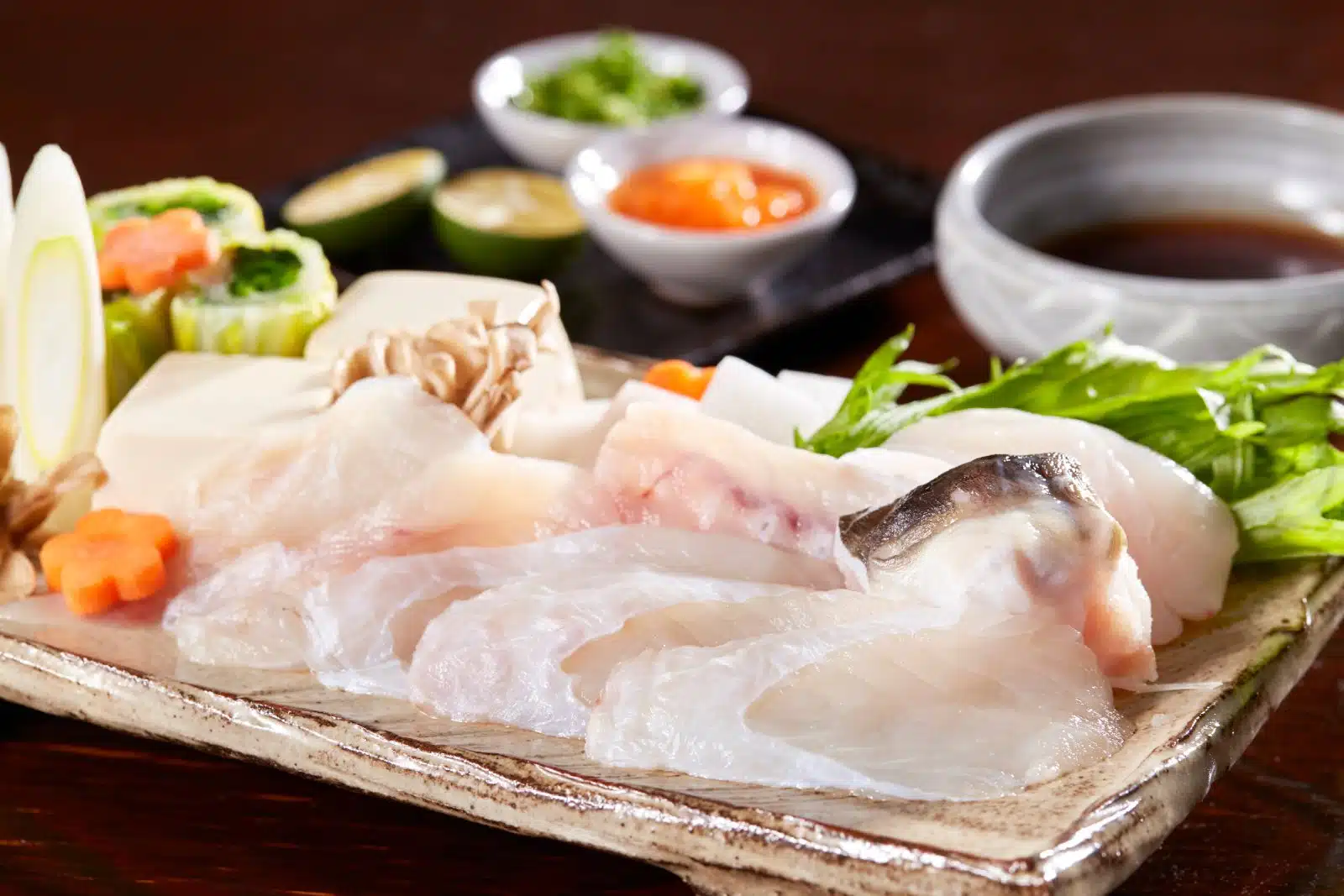
Image Credit: Shutterstock / funny face
Fugu, or pufferfish, requires precise preparation to avoid its toxic parts. It’s best left to the adventurous eaters due to its deadly potential.
2. Sannakji (South Korea)
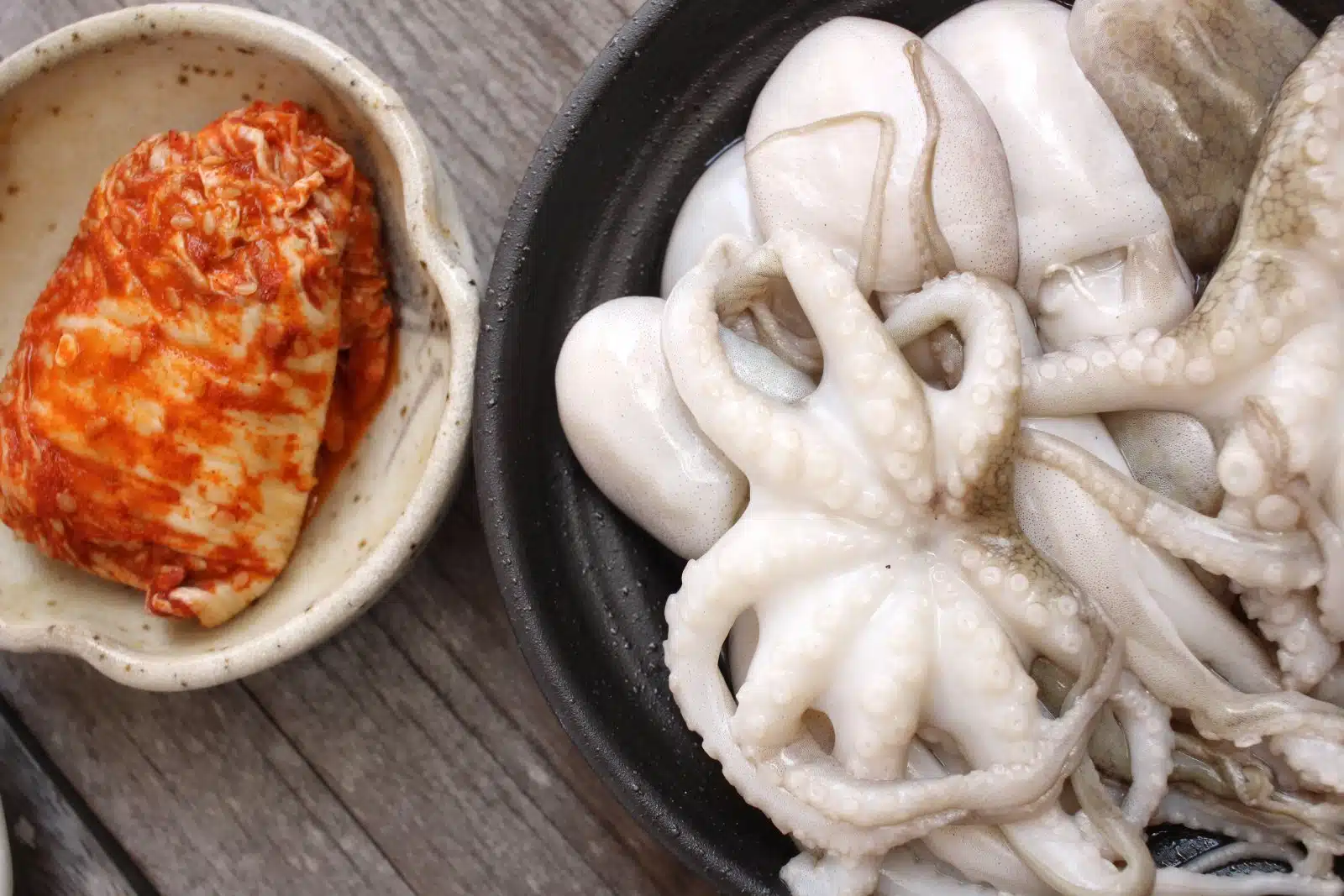
Image Credit: Shutterstock / successo images
This dish of live octopus is eaten while still wriggling. Its suction cups can stick to your throat if not chewed properly.
3. Casu Marzu (Italy)
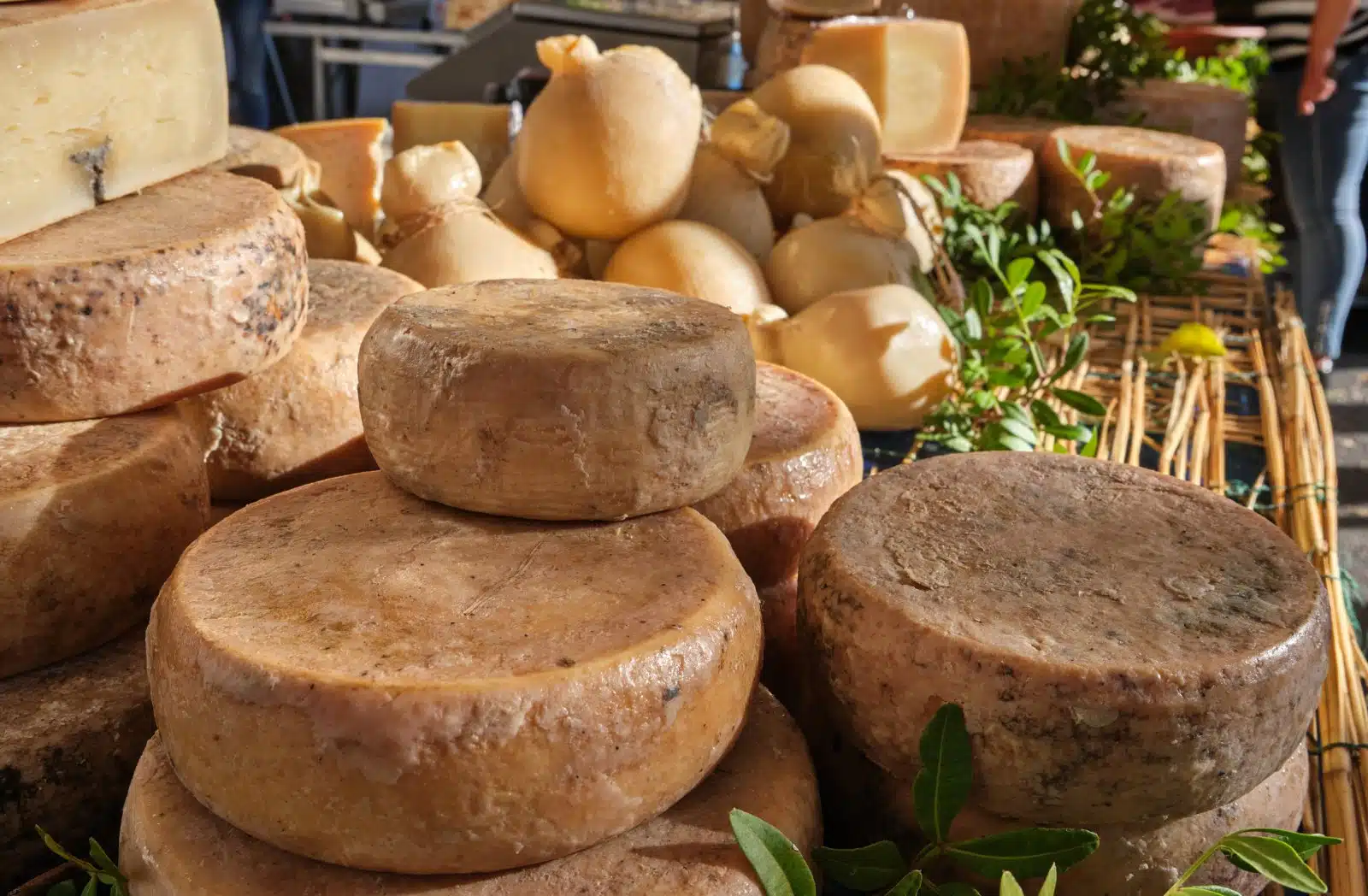
Image Credit: Shutterstock / Gengis90
Found in Sardinia, this sheep’s milk cheese contains live maggots and is considered hazardous by health authorities.
4. Hákarl (Iceland)
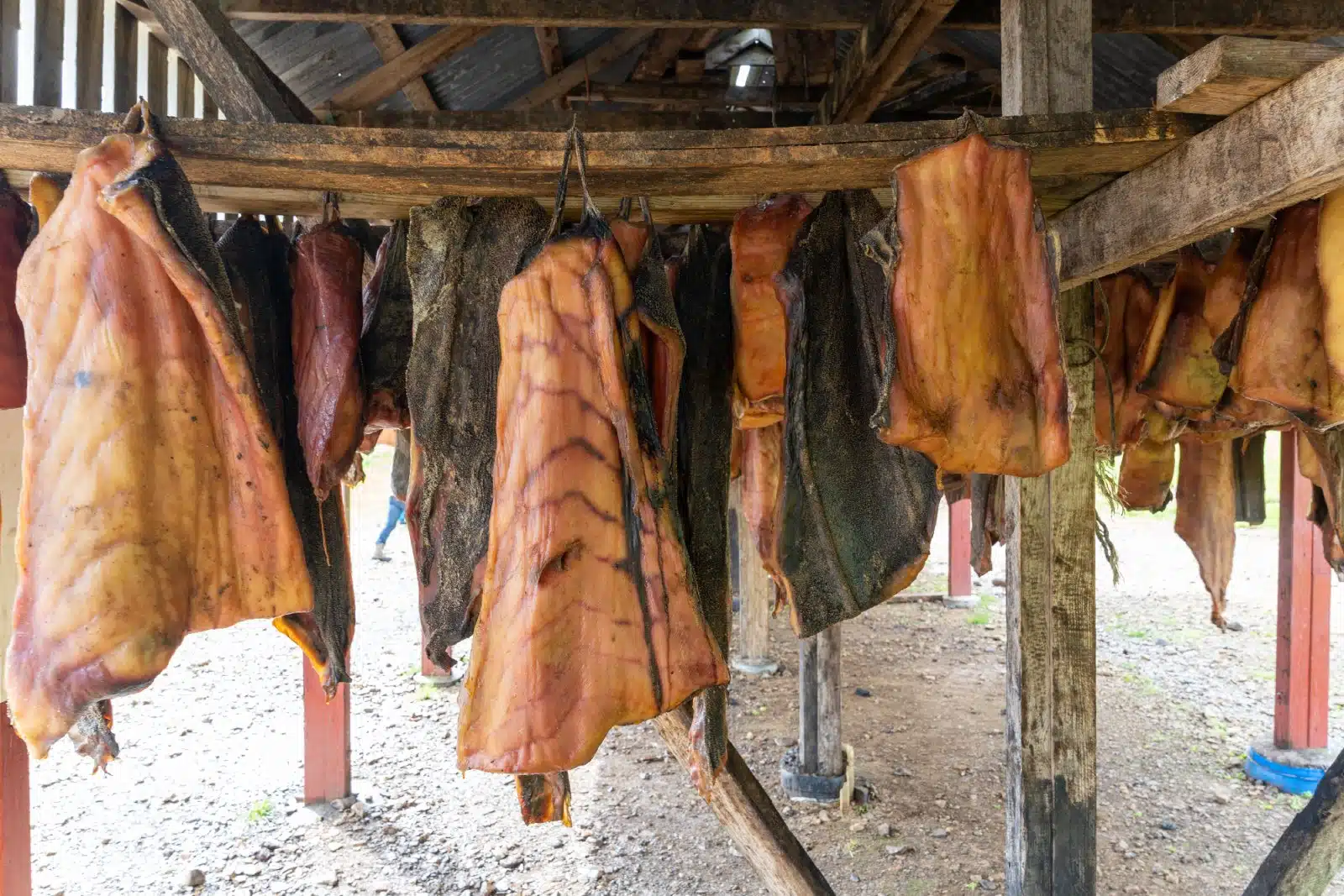
Image Credit: Shutterstock / Abinieks
Fermented shark that has an overpowering ammonia-rich smell and taste, commonly challenging for the uninitiated.
5. Blood Sausages (Global)
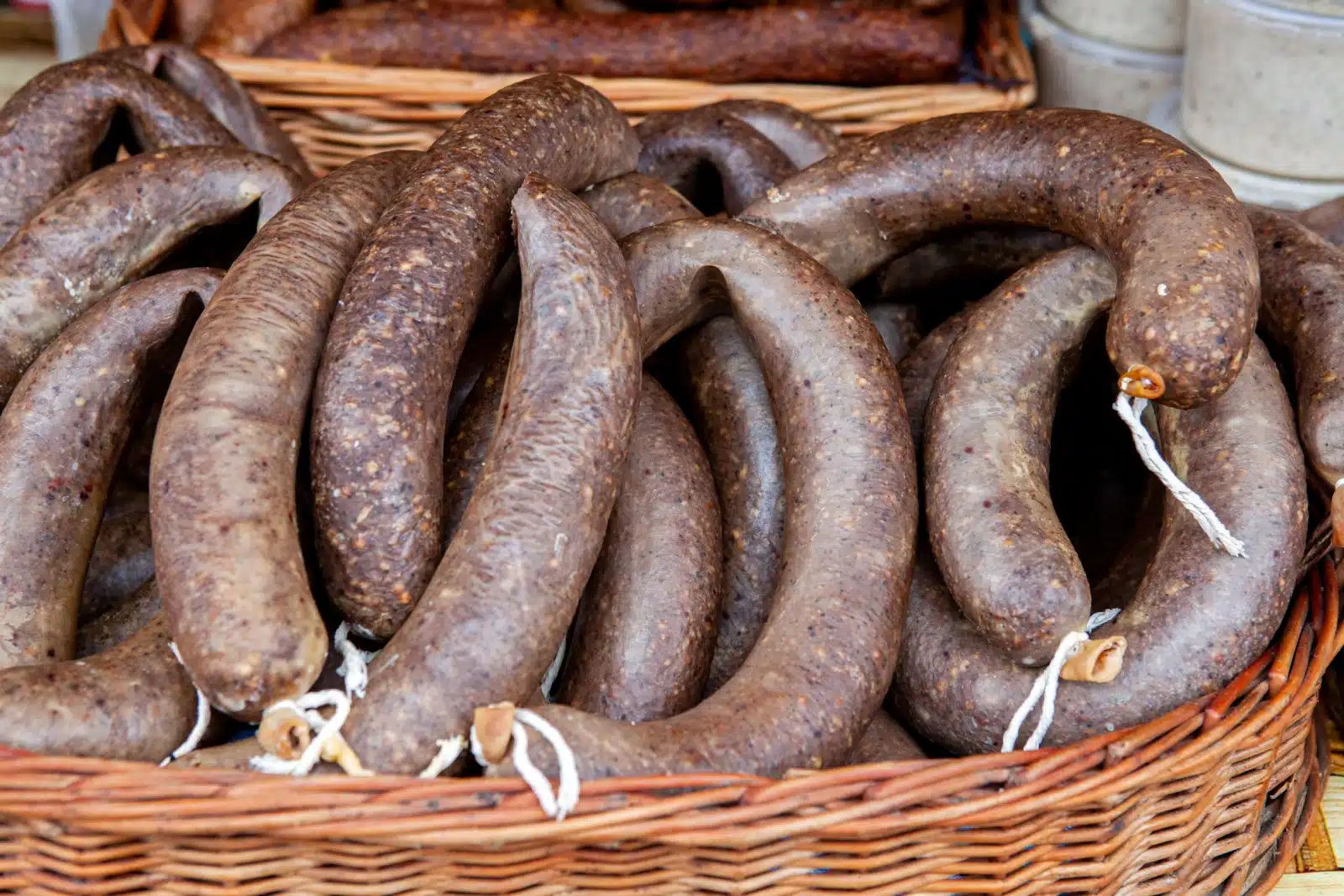
Image Credit: Shutterstock / lusia599
Common in many countries, blood sausages can be a risky eat if not cooked properly due to bloodborne pathogens.
6. Bushmeat (Africa)
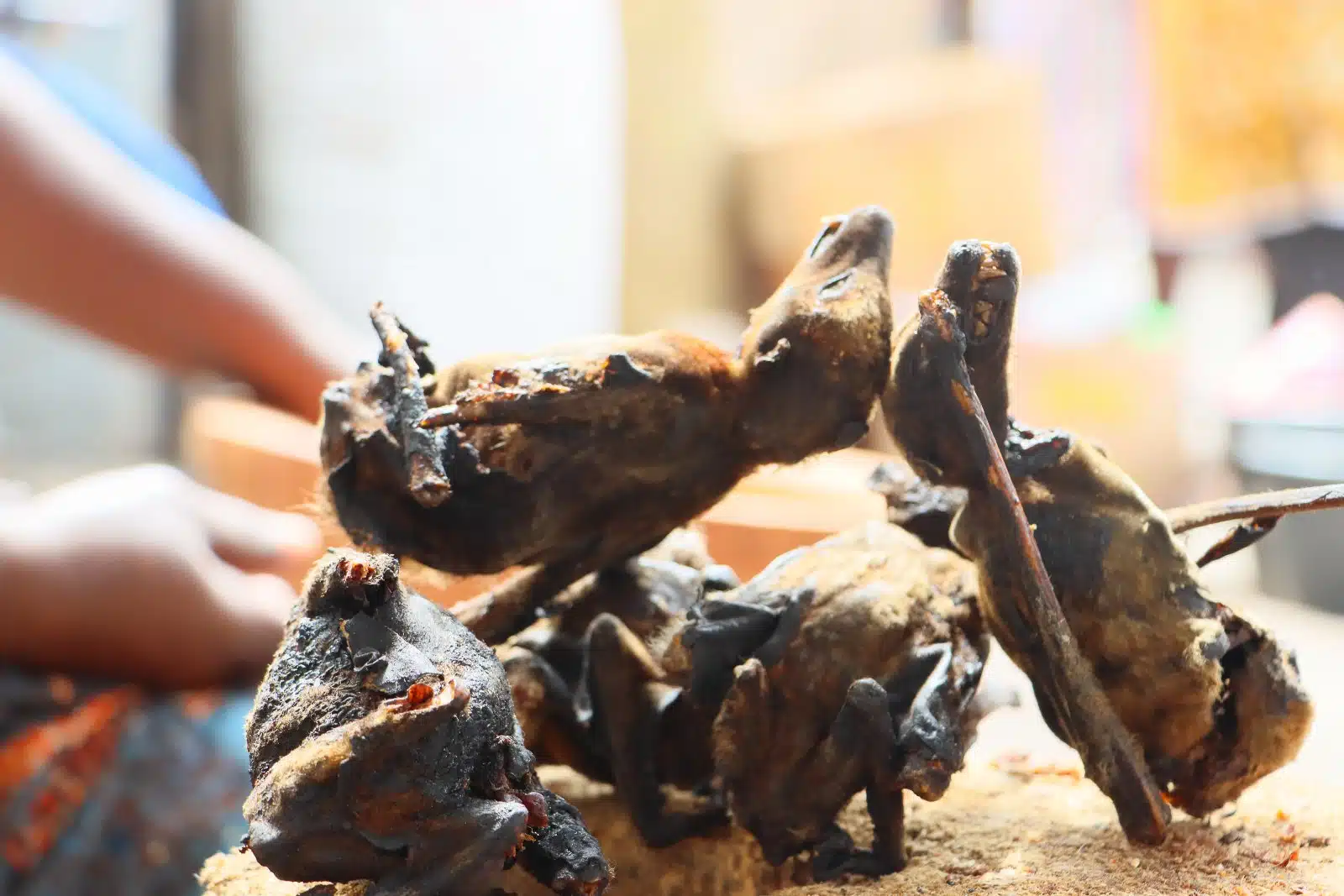
Image Credit: Shutterstock / William Borney
Besides ethical concerns, bushmeat like bats or monkeys can carry diseases transmissible to humans.
7. Raw Milk Cheeses (Global)
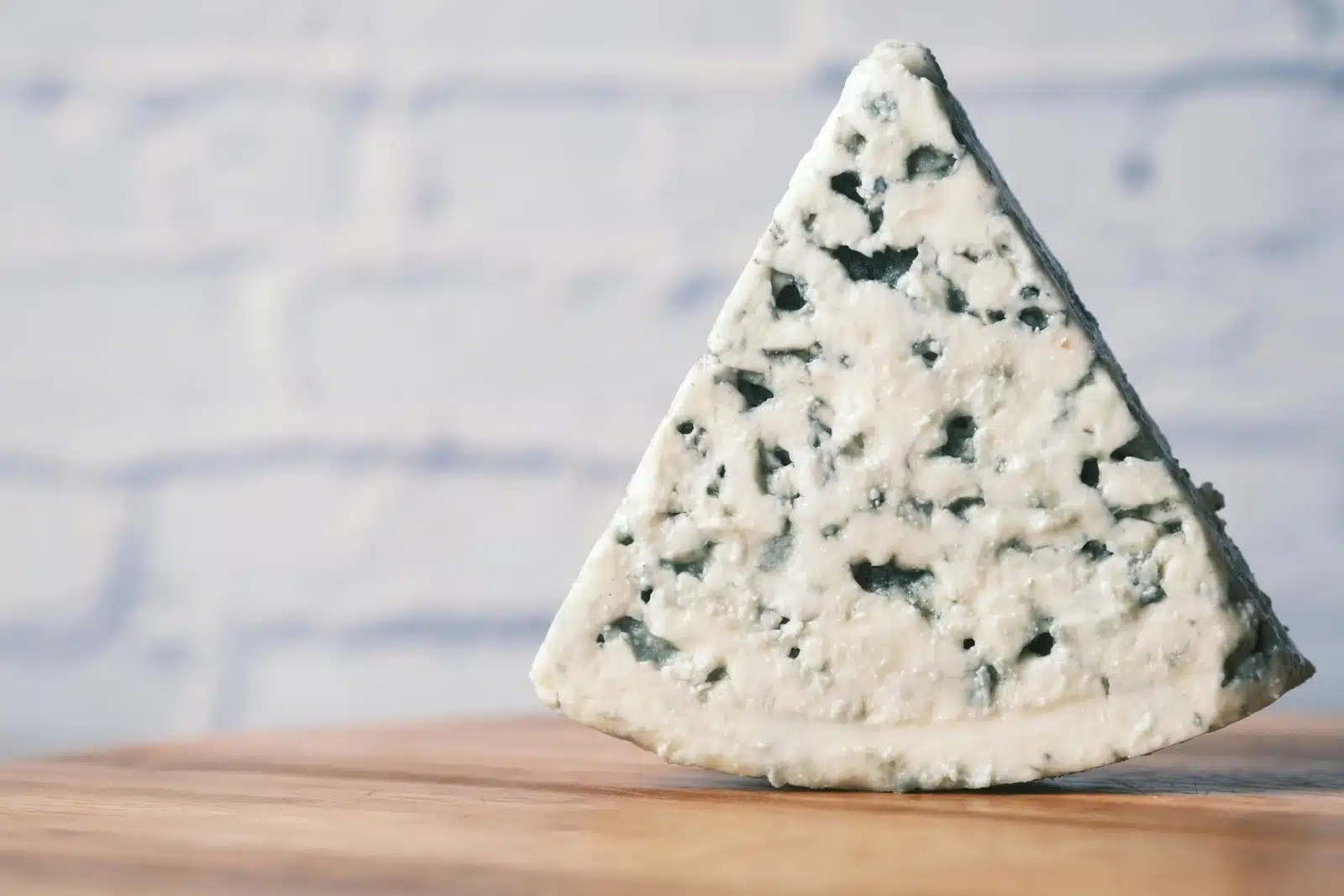
Image Credit: Pexels / Towfiqu barbhuiya
Unpasteurized cheeses can harbor harmful bacteria like Listeria, especially risky for pregnant women.
8. Century Eggs (China)
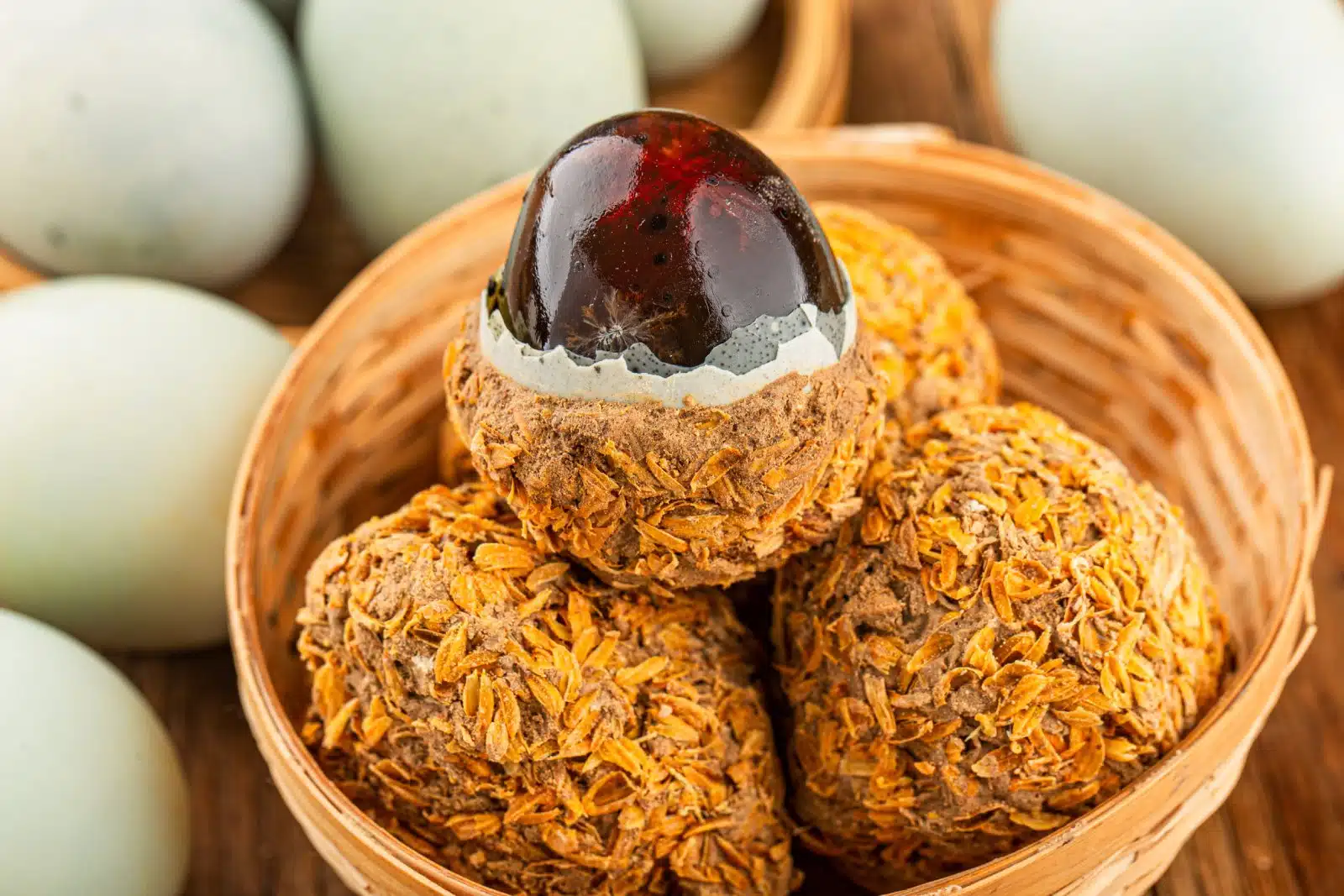
Image Credit: Shutterstock / yuda chen
These preserved eggs have an intense ammonia smell and a strong flavor, often an acquired taste not suited for everyone.
9. Balut (Philippines)
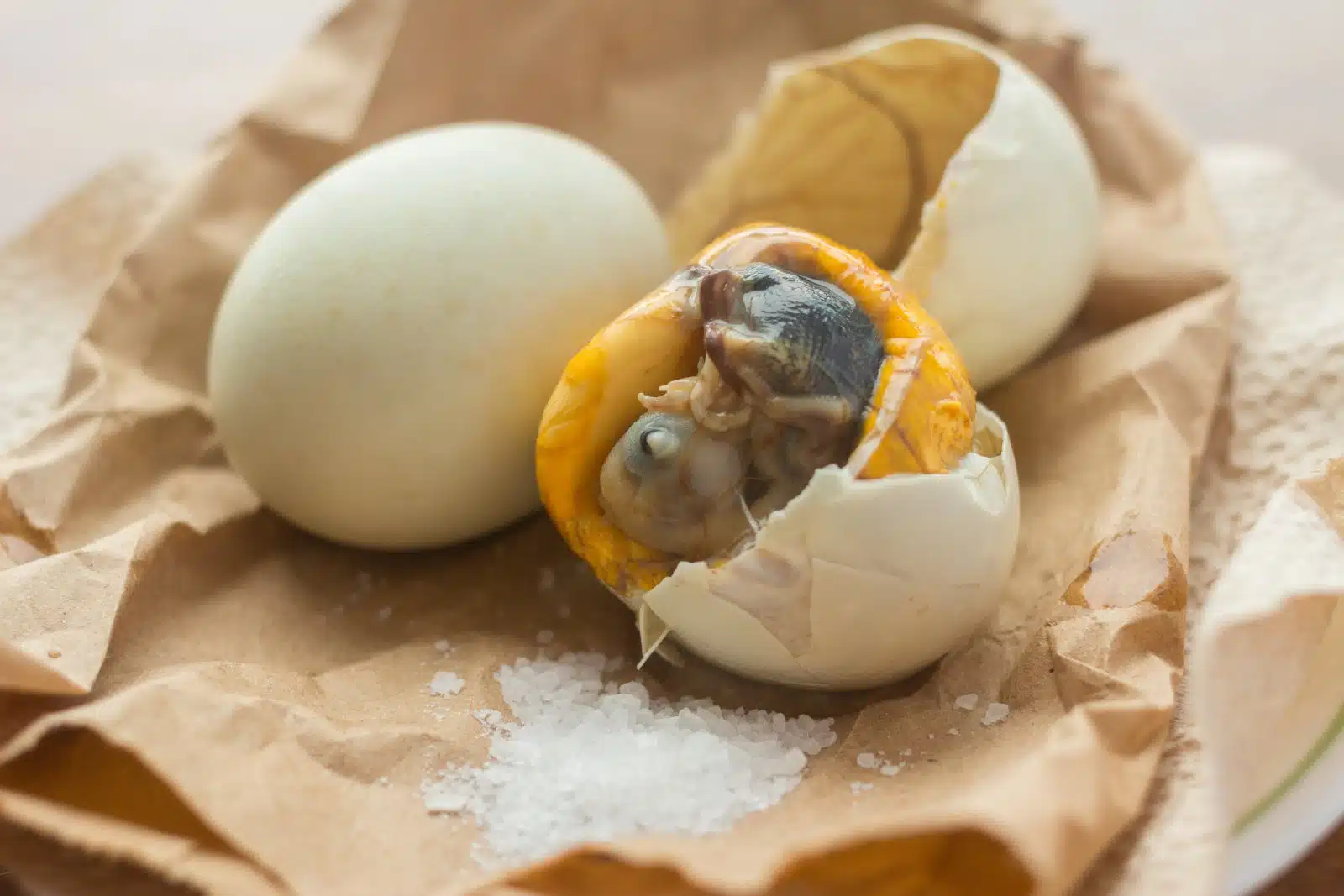
Image Credit: Shutterstock / 5House
A fertilized duck egg with a partially developed embryo inside, this delicacy is not for the faint of heart.
10. Ortolan (France)
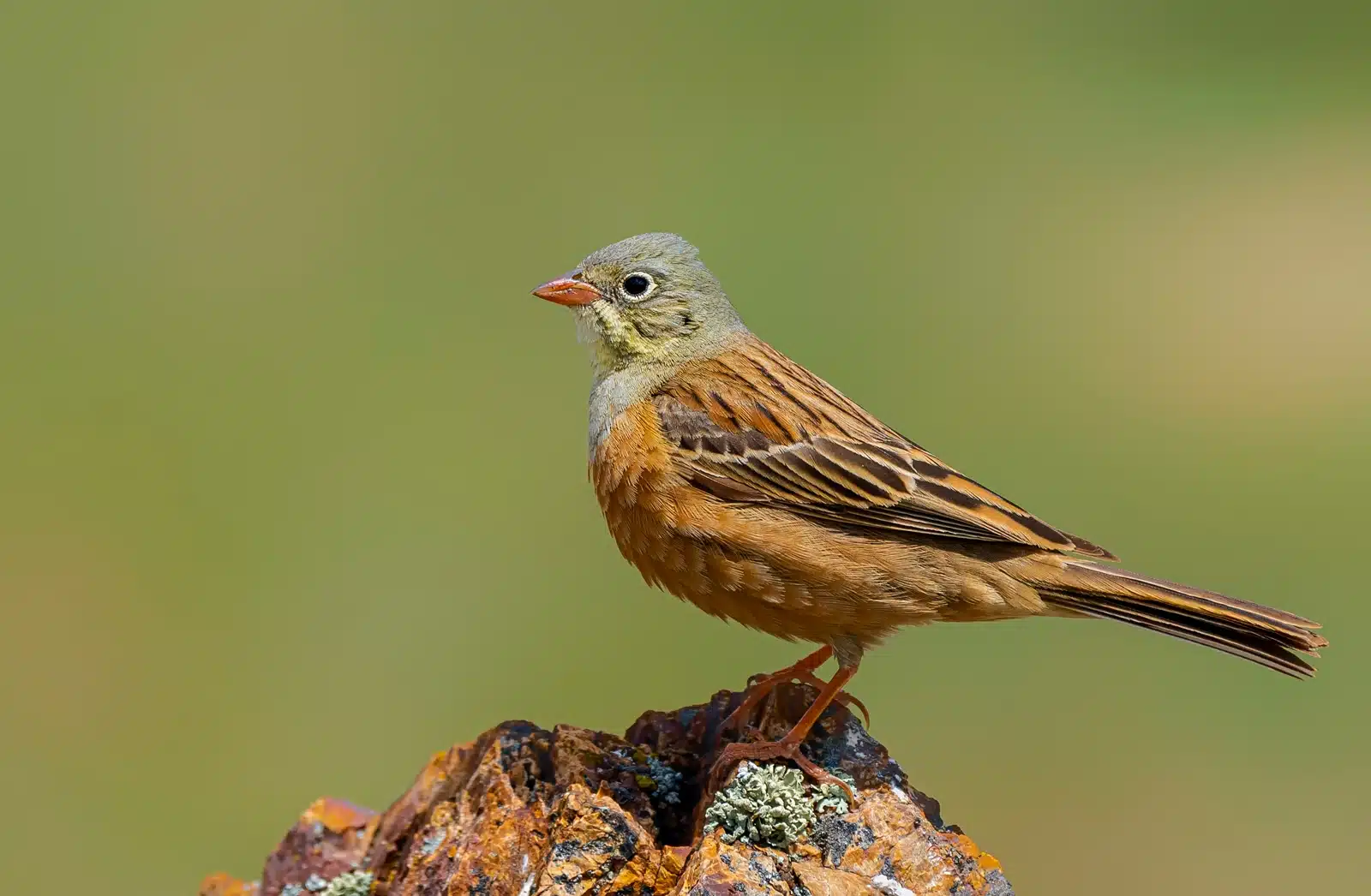
Image Credit: Shutterstock / Abdullah Durman
This controversial dish involves eating a small bird whole, which might be unsettling for some due to the preparation method.
11. Lutefisk (Norway)
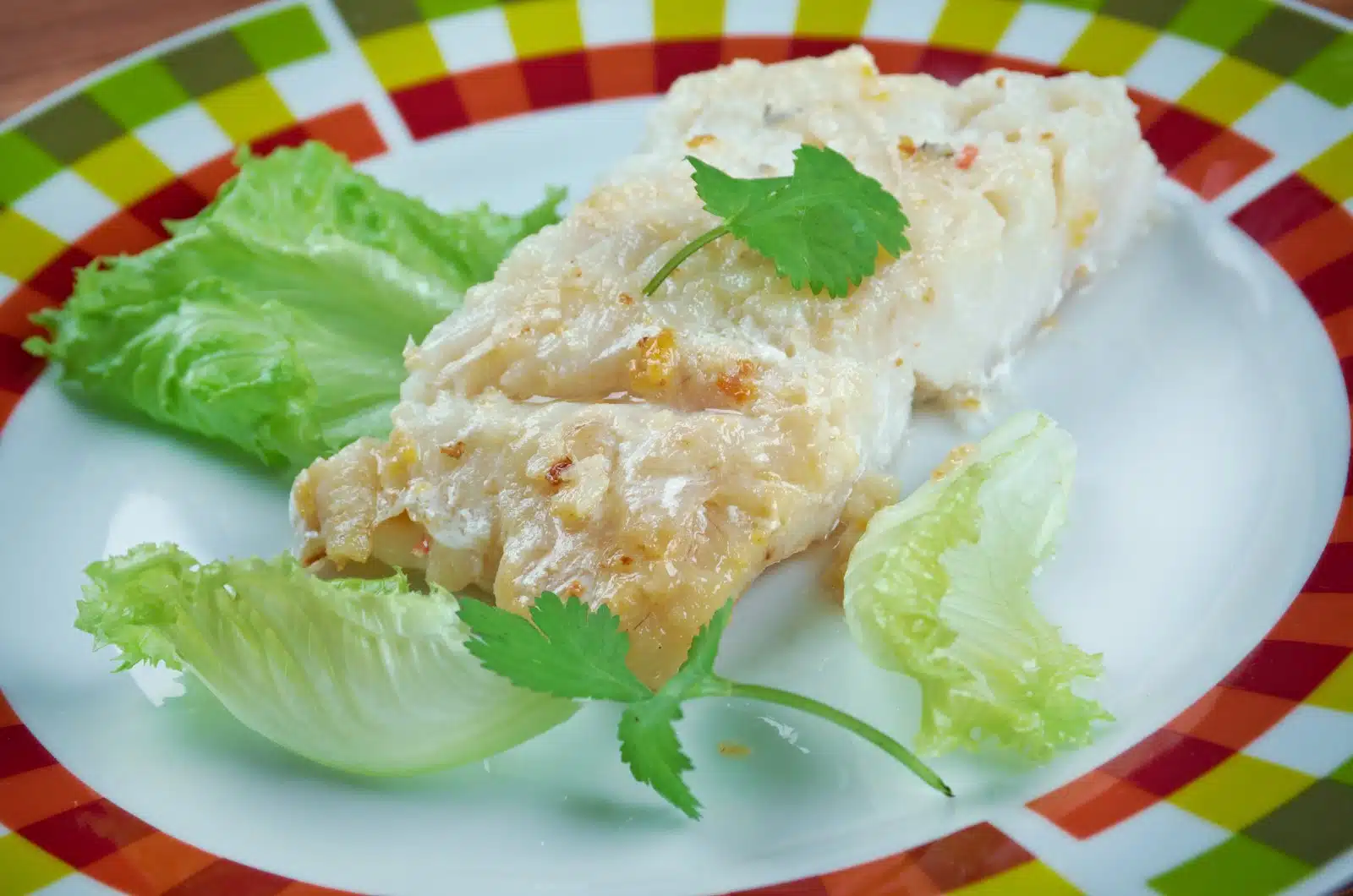
Image Credit: Shutterstock / Fanfo
Made from aged stockfish and lye, its gelatinous texture and strong, pungent aroma are not universally enjoyed.
12. Fried Tarantulas (Cambodia)
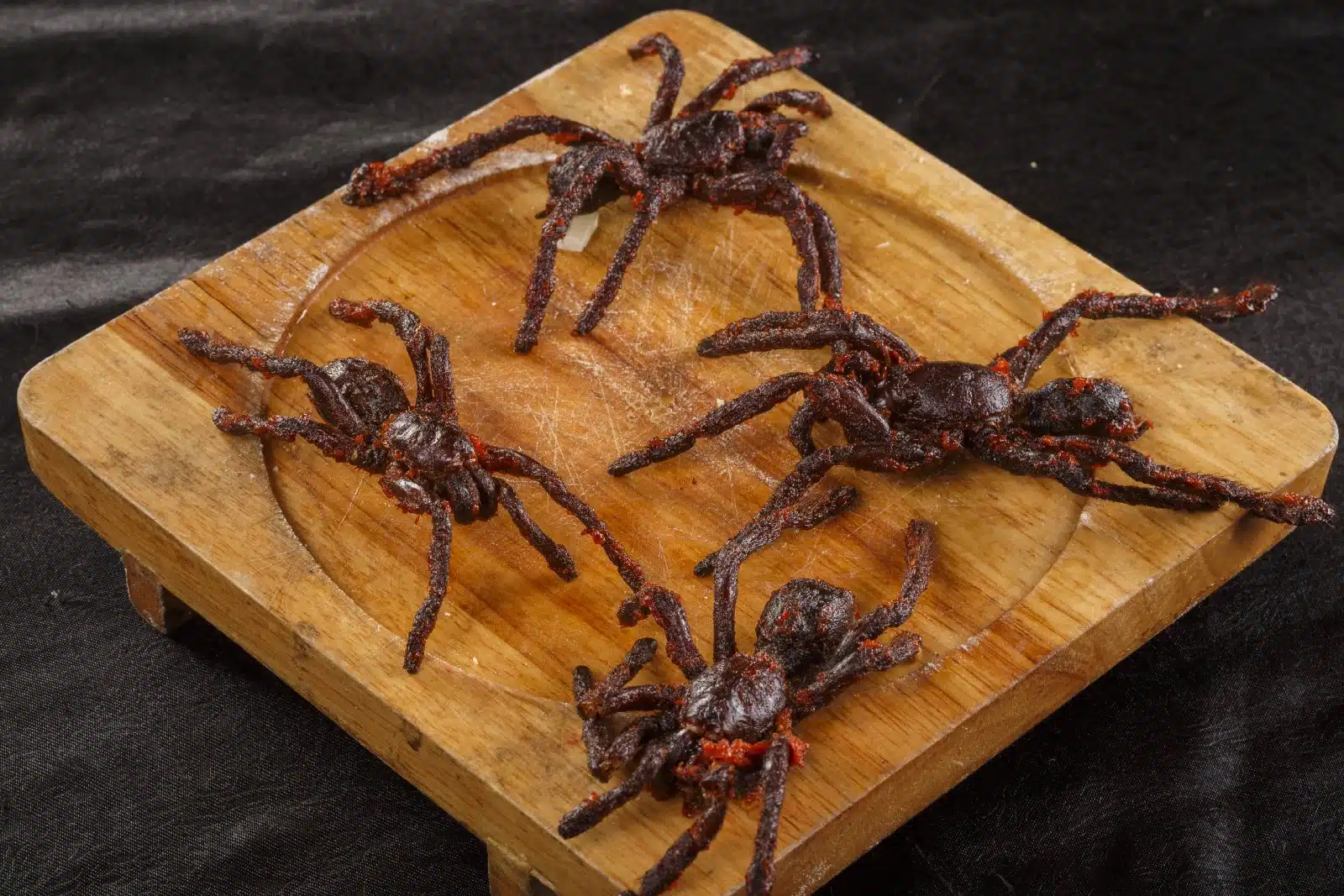
Image Credit: Shutterstock / sakadaphoto
While considered a delicacy in Cambodia, the idea of munching on spiders may not be appetizing to many tourists.
13. Surströmming (Sweden)
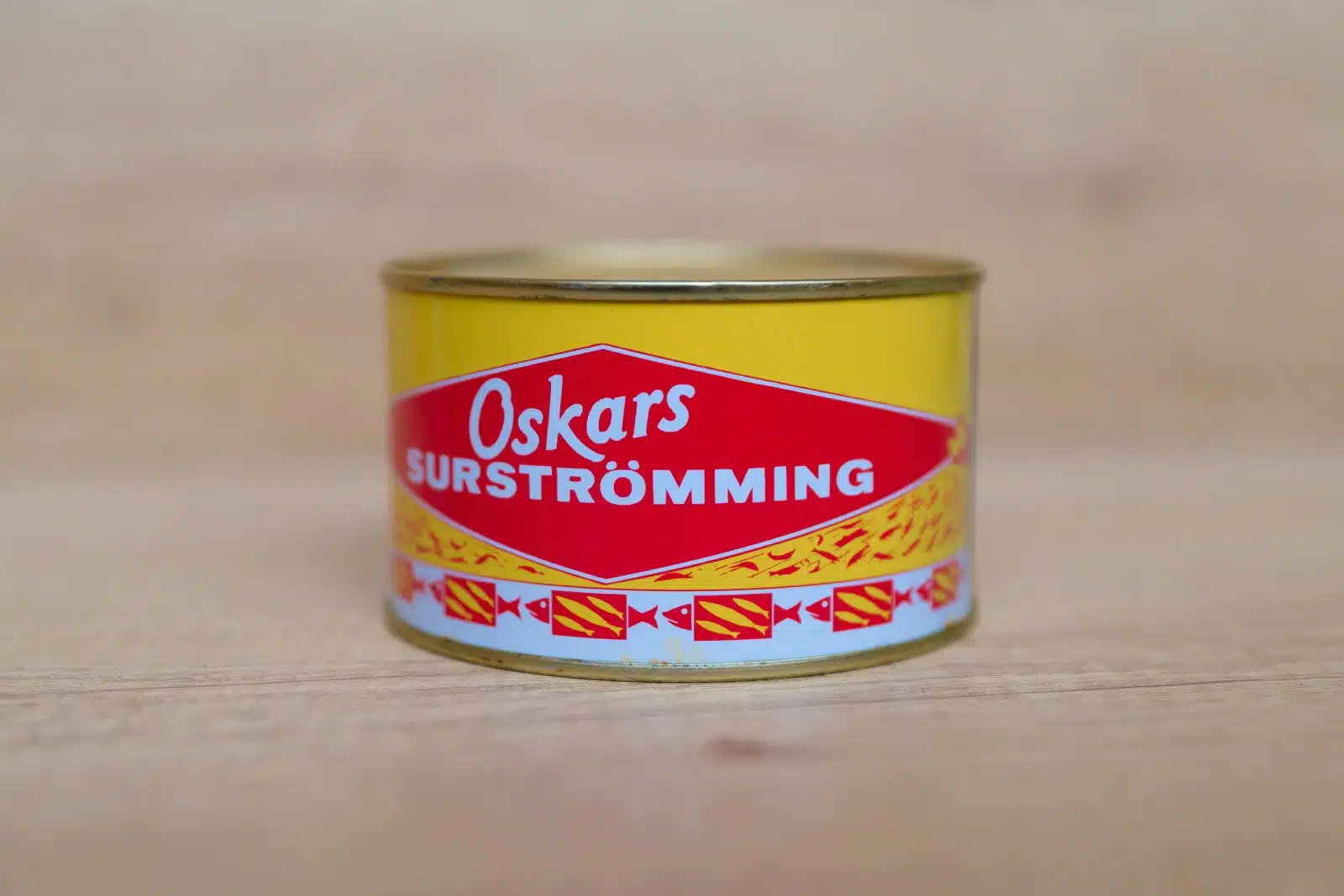
Image Credit: Shutterstock / Andrew Kozeko
This fermented herring is so smelly it’s usually eaten outdoors, challenging even for those with adventurous palates.
14. Pig’s Blood Cake (Taiwan)
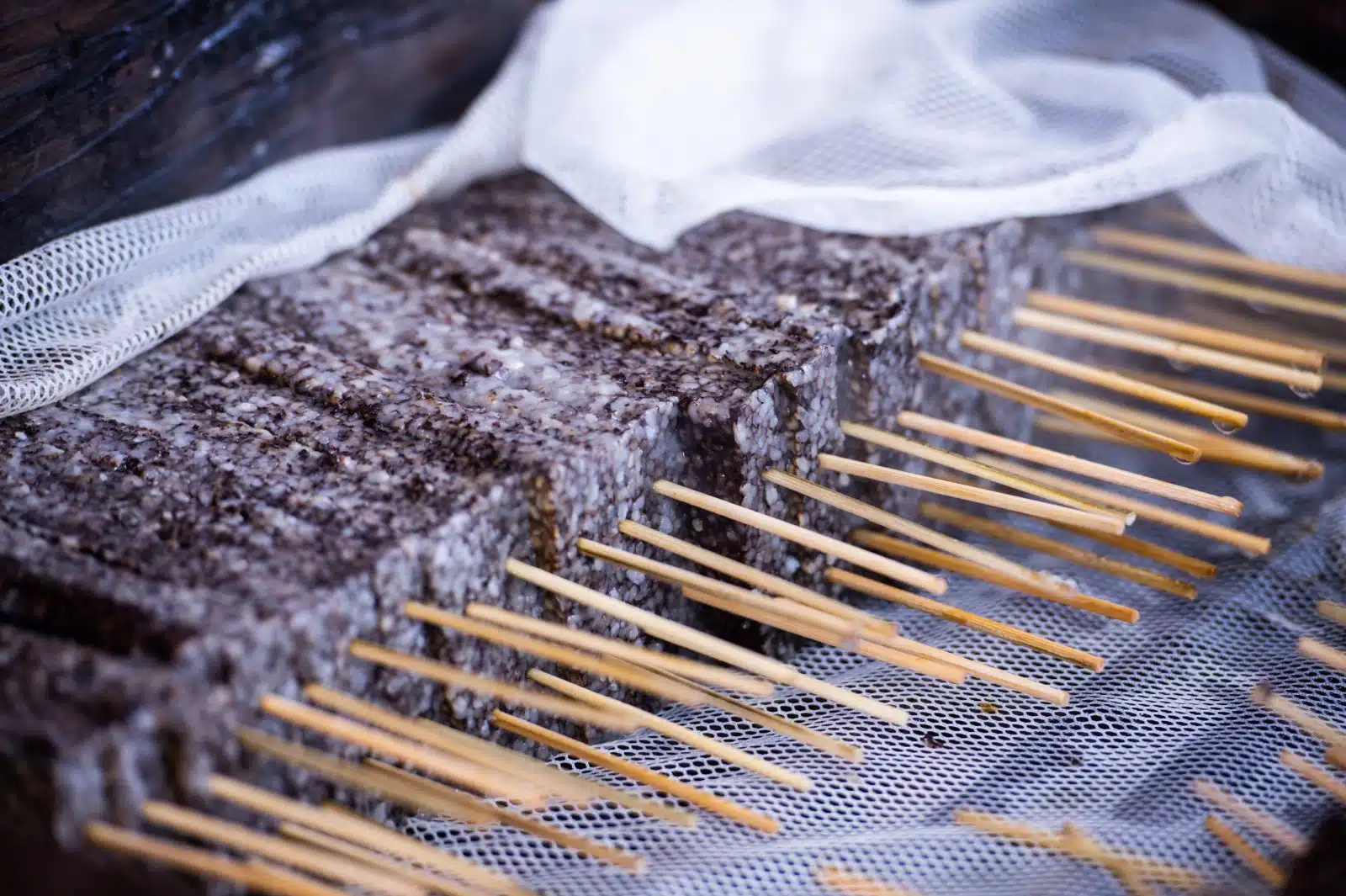
Image Credit: Shutterstock / robbin lee
A street food made from sticky rice and pig blood, not recommended for those squeamish about blood-based foods.
15. Stinkheads (Alaska, USA)
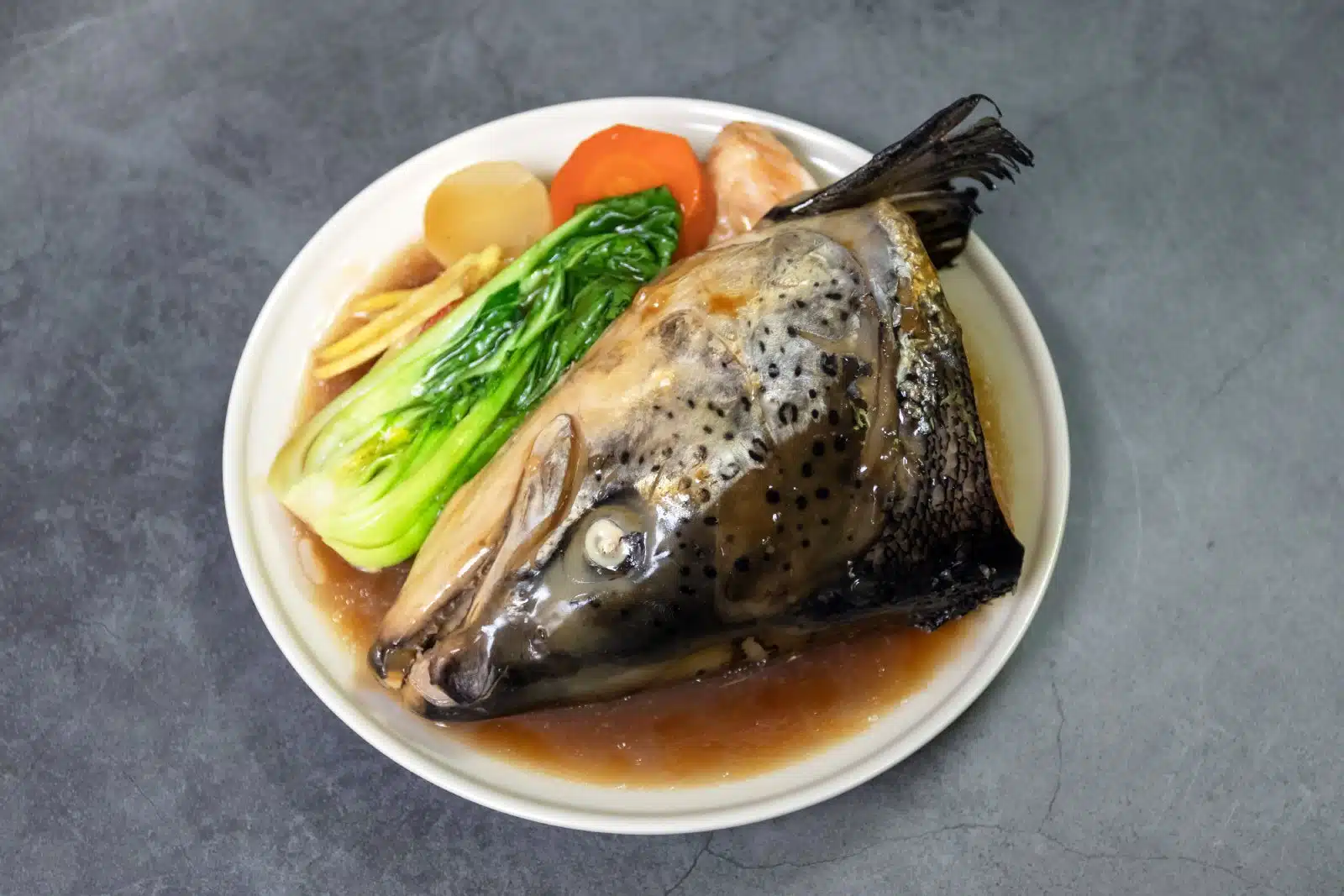
Image Credit: Shutterstock / PJjaruwan
Fermented salmon heads, known as stinkheads, can be a difficult sell for those not accustomed to fermented fish.
16. Bird’s Nest Soup (Southeast Asia)

Image Credit: Shutterstock / Light Stock
Made from swiftlets’ nests constructed from saliva, it’s expensive and has a unique texture that might not appeal to all.
17. Akutaq (Alaska, USA)

Image Credit: Pexels / ROMAN ODINTSOV
Also known as Eskimo ice cream, it includes fat, berries, and sometimes fish, which might be an unusual combination for many.
18. Durian (Southeast Asia)
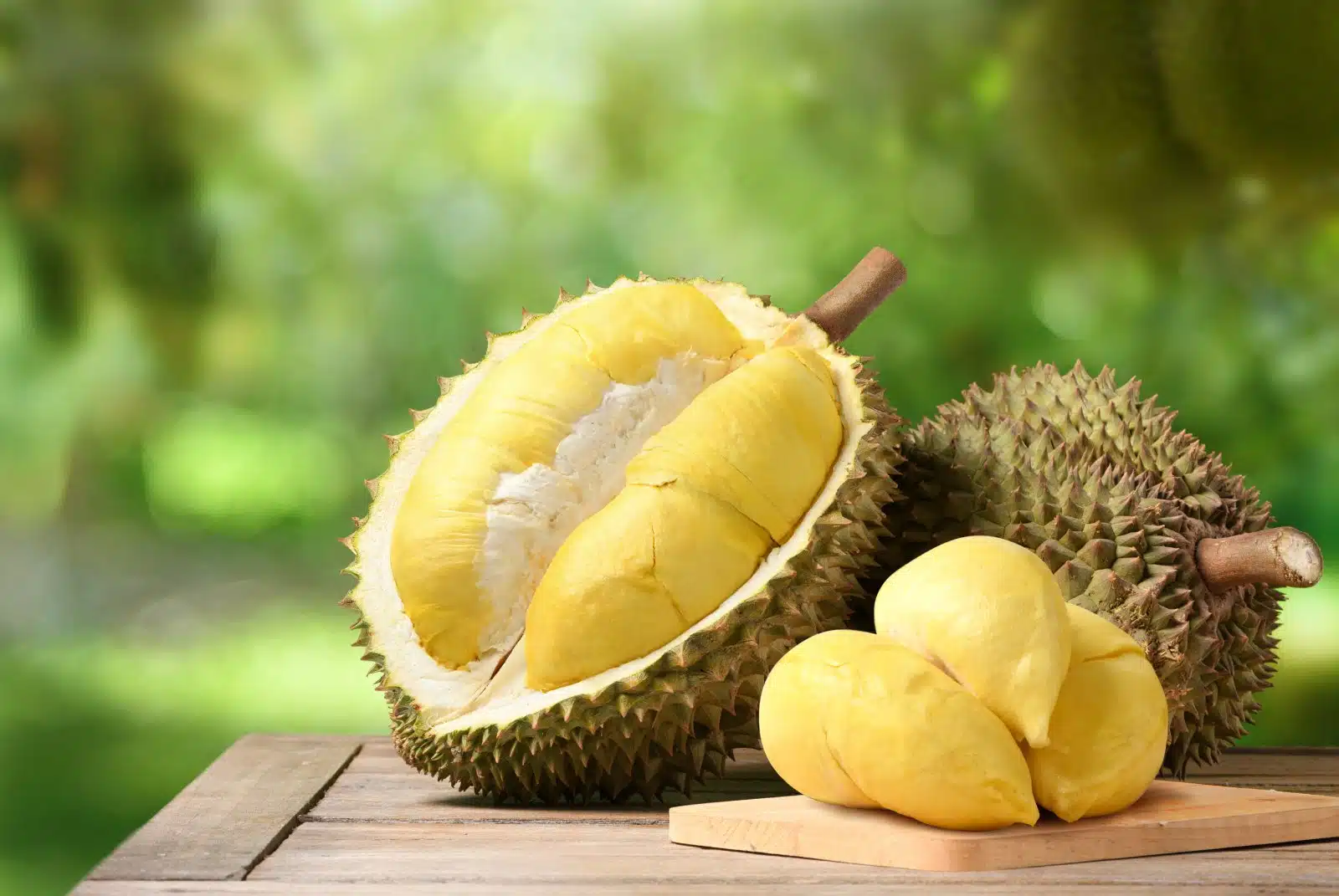
Image Credit: Shutterstock / Photoongraphy
Known as the ‘king of fruits’, durian’s overpowering smell is either loved or loathed and is banned in some public places.
19. Kopi Luwak (Indonesia)
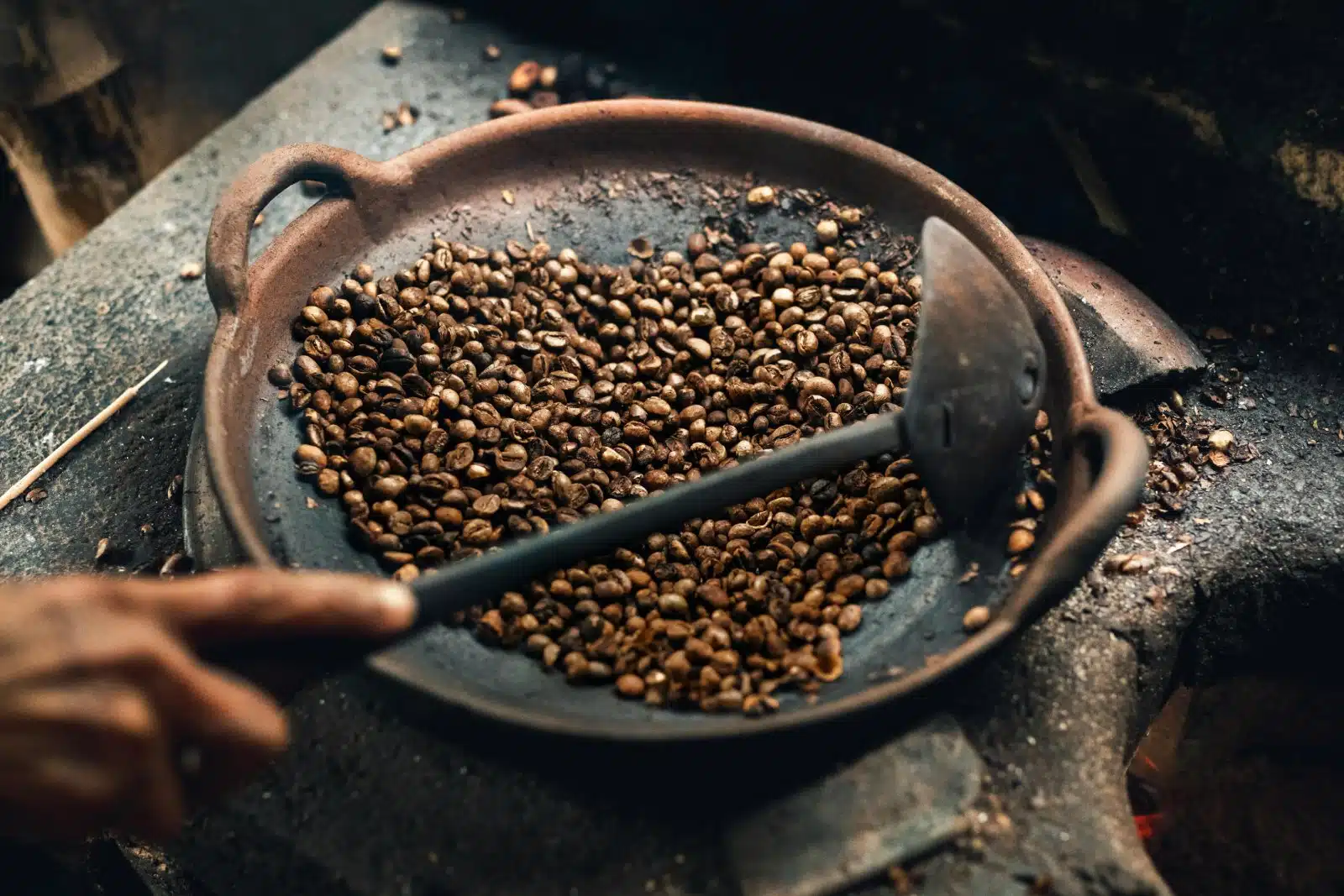
Image Credit: Pexels / Aleksandar Pasaric
This coffee made from beans digested by civets is controversial due to ethical concerns in production practices.
20. Escamoles (Mexico)
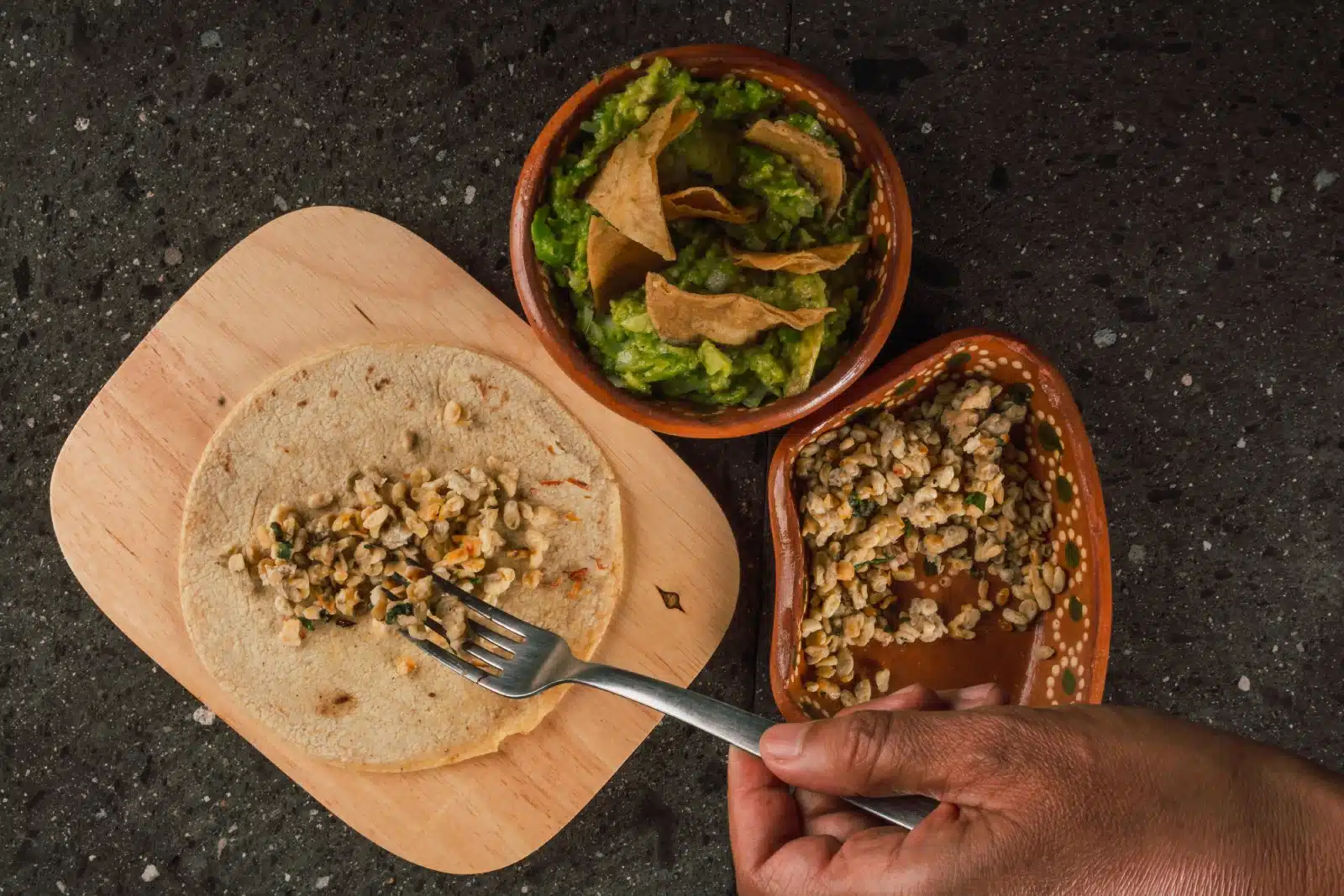
Image Credit: Shutterstock / Marco Ortiz-MOF
Ant larvae known as “Mexican caviar” might be off-putting due to their origin and texture.
21. Pidan (China)
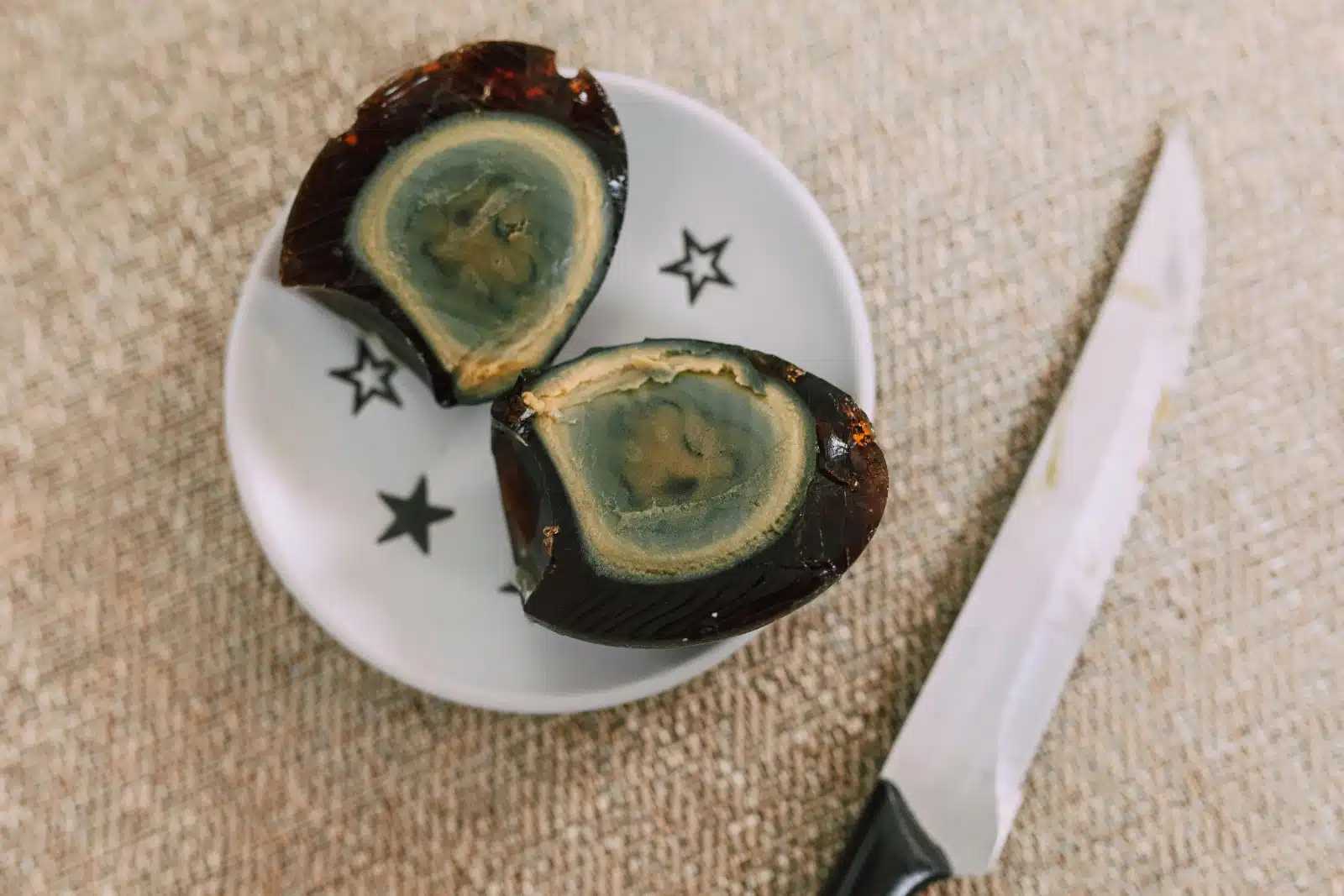
Image Credit: Pexels / RDNE Stock project
Also known as a “thousand-year egg”, its strong odor and jelly-like texture are not typically enjoyed by everyone.
22. Raw Shellfish (Global)
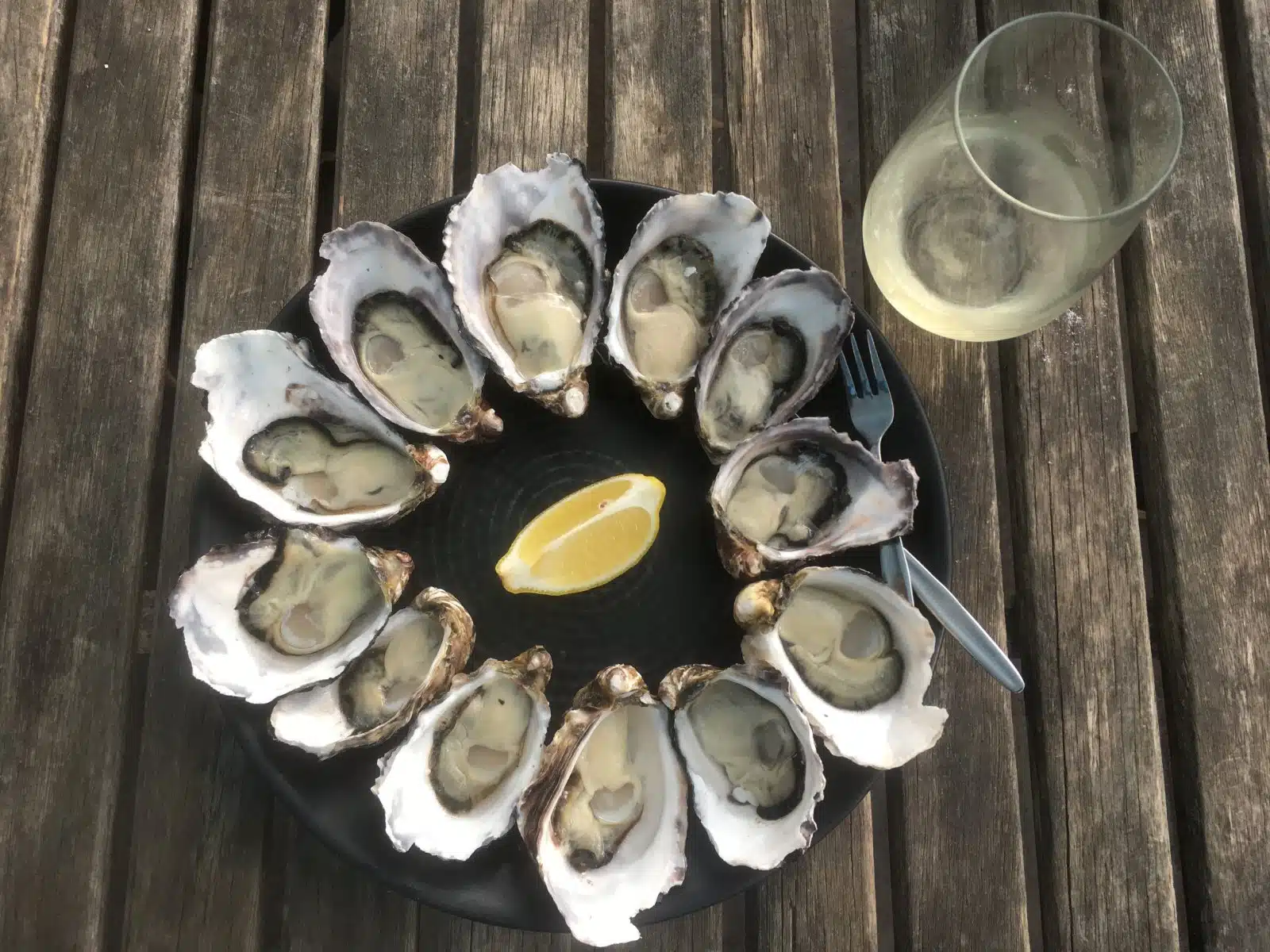
Image Credit: Shutterstock / del Monaco
Raw oysters and other shellfish can carry bacteria and viruses, posing a risk of foodborne illness.
23. Hakarl (Iceland)

Image Credit: Shutterstock / Abinieks
Repeated from earlier but worth emphasizing, this fermented shark can be a particularly challenging food due to its strong flavor and smell.
Bon Appétit
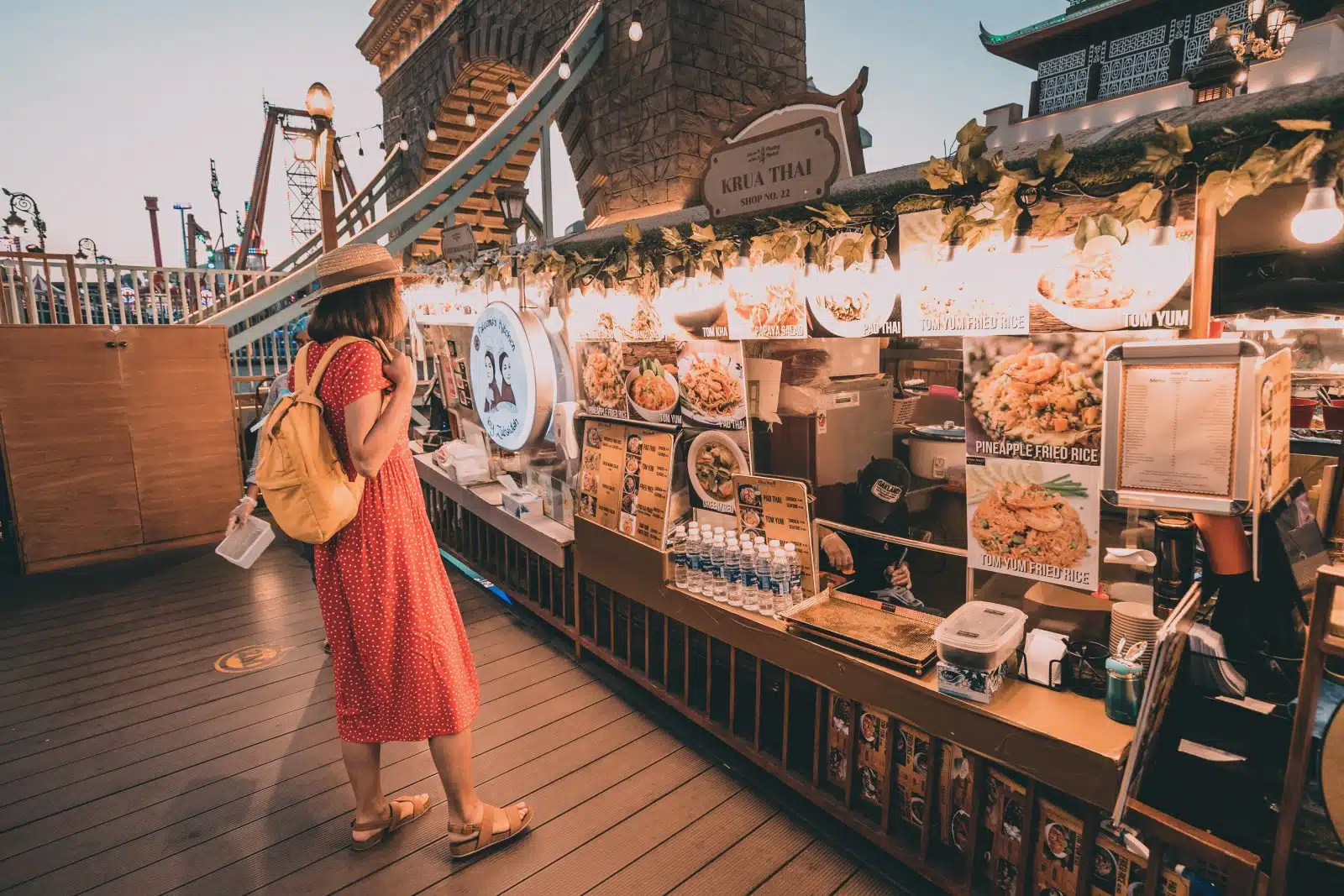
Image Credit: Shutterstock / frantic00
Always consider your health and personal tastes when trying new foods, and when in doubt, stick to what you find comfortable and enjoyable. This way, you ensure your dining experiences contribute positively to your travels!
More From The Green Voyage
Top 10 Trending Travel Destinations 2024
6 Essential Banking Apps for International Travel – Managing Your Finances on the Go
Traveling With Kids – 10 Tips to Create Memorable Family Holidays
The post 23 Foods American Tourists Should Never Touch Overseas first appeared on The Green Voyage.
Featured Image Credit: Shutterstock / Nicoleta Ionescu.
For transparency, this content was partly developed with AI assistance and carefully curated by an experienced editor to be informative and ensure accuracy.
Tips for Trip Success
Book Your Flight
Find an inexpensive flight by using Kayak, a favorite of ours because it regularly returns less expensive flight options from a variety of airlines.
Book Your Hotel or Special Accommodation
We are big fans of Booking.com. We like their review system and photos. If we want to see more reviews and additional booking options, we go to Expedia.
You Need Travel Insurance!
Good travel insurance means having total peace of mind. Travel insurance protects you when your medical insurance often will not and better than what you get from your credit card. It will provide comprehensive coverage should you need medical treatment or return to the United States, compensation for trip interruption, baggage loss, and other situations.Find the Perfect Insurance Plan for Your Trip
